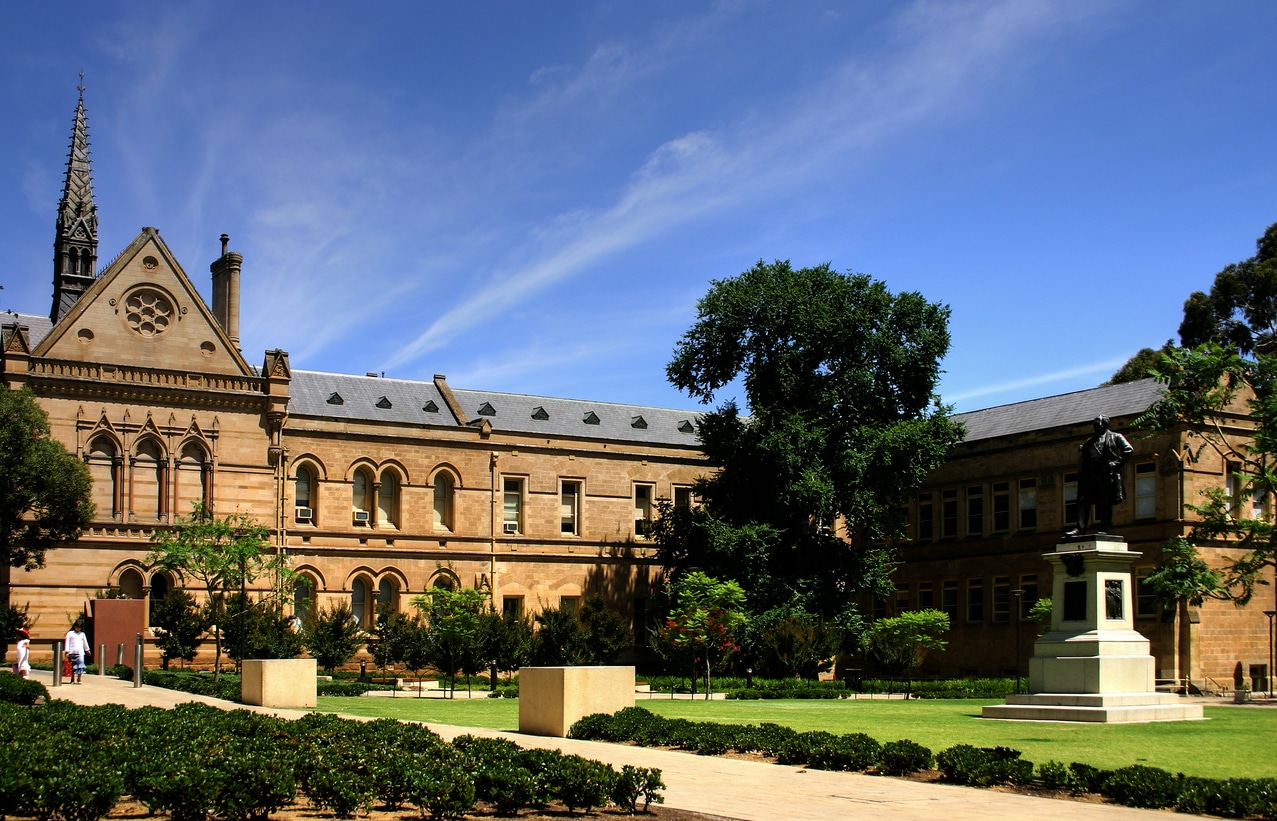
Introduction
Obtaining a Master of Business Administration (MBA) degree has long been recognized as a key stepping stone towards professional growth and career advancement. Aspiring business leaders often consider pursuing an MBA in the United States due to the country’s reputation for academic excellence and diverse employment opportunities. However, before embarking on this educational journey, it is crucial to understand the associated costs. In this blog post, we will explore why the USA is a popular destination for MBA studies, delve into the expenses involved, highlight top MBA colleges in the country with their respective fees, discuss the cost of living for international students, and compare MBA fees in the USA with other countries.
Why USA for MBA
The United States is renowned for its world-class business schools and a strong emphasis on entrepreneurship and innovation. American universities consistently rank among the top institutions globally for business education. Moreover, the USA offers a diverse and dynamic economy, providing MBA graduates with abundant career opportunities across various industries. Networking possibilities, exposure to cutting-edge research, and access to renowned faculty members are some additional reasons why international students choose the USA for pursuing an MBA.
Take the next step in your career journey with an MBA in USA. Ignite your professional growth, build valuable connections, and seize opportunities. Discover our exceptional MBA programs today!
What is the Cost of Studying an MBA in USA?
The cost of studying an MBA in the USA can vary depending on several factors, including the university, program duration, location, and reputation of the business school. Here are some key aspects to consider when evaluating the cost of pursuing an MBA in the USA:
- Tuition Fees: MBA tuition fees in the USA can range from approximately $40,000 to $100,000 per year. However, it’s important to note that prestigious institutions, such as Ivy League universities or other top-ranked business schools, may have significantly higher fees. Additionally, the duration of the program can impact the overall cost. For example, a one-year accelerated MBA program may have lower tuition fees compared to a traditional two-year program.
- Financial Aid and Scholarships: Many universities offer financial aid and scholarships to MBA students. These can help offset the tuition costs and reduce the financial burden. It is advisable to research and explore the scholarship options available at each university. Scholarships can be merit-based, need-based, or specific to certain demographics or fields of study.
- Living Expenses: In addition to tuition fees, students need to consider living expenses such as housing, utilities, groceries, transportation, and personal expenses. The cost of living can vary significantly depending on the city or region. Major metropolitan areas, such as New York City, San Francisco, or Boston, generally have higher living costs compared to smaller cities or rural areas. It is important to research and estimate these expenses based on the chosen location.
- Health Insurance: International students are usually required to have health insurance coverage during their studies in the USA. Universities often provide health insurance plans, and the cost is typically included in the overall budget. It is important to review the coverage details and associated costs to ensure adequate protection and compliance with university requirements.
- Books and Materials: MBA programs may require students to purchase textbooks, reference materials, and other resources. While this expense may vary depending on the program and courses, it is essential to budget for these academic materials.
- Additional Costs: There may be additional costs to consider, such as technology fees, student activity fees, and other university-specific charges. These costs can vary depending on the institution and should be taken into account when planning the budget.
To get an accurate estimate of the cost of studying for an MBA in USA, it is recommended to research specific universities and programs of interest. University websites often provide detailed information on tuition fees, scholarships, and cost of living for international students. It is also beneficial to reach out to the university’s financial aid office or international student services for further assistance and guidance on managing expenses.
Expenses Incurred by Students Before Going to USA:
Expenses incurred by students before going to the USA for pursuing an MBA include various factors that need to be considered in the planning phase. Here are some key expenses to take into account:
- Application Fees: When applying to MBA programs in the USA, there are typically application fees associated with each university. These fees can vary and may range from $50 to $300 per application. It is important to factor in these costs when applying to multiple universities.
- Standardized Test Fees: Many MBA programs require applicants to submit standardized test scores, such as the Graduate Management Admission Test (GMAT) or the Graduate Record Examination (GRE). These tests have associated fees that need to be considered. The GMAT fee is approximately $250, while the GRE fee is around $205. It is important to check the specific test requirements for each university and allocate funds accordingly.
- Visa Fees: International students pursuing an MBA in the USA will require a student visa, typically an F-1 visa. The cost of obtaining a student visa includes the application fee, which is currently $350. It is essential to review the latest visa requirements and fees on the official website of the U.S. Department of State.
- Health Insurance: International students are usually required to have health insurance coverage while studying in the USA. The cost of health insurance varies depending on the university and the coverage provided. It is important to research and budget for health insurance expenses.
- Travel Costs: Travel expenses can include airfare to the USA, transportation from the airport to the university, and any additional travel within the country. The cost of travel will depend on the student’s location and the distance to the chosen university. It is advisable to compare flight prices, plan in advance, and consider any additional transportation costs upon arrival.
- Accommodation Deposits: Many universities require students to pay a deposit when securing on-campus or off-campus accommodation. The deposit amount can vary but is usually refundable upon completion of the program. It is important to factor in these upfront costs when budgeting for accommodation.
- Document Translation and Notarization: Some universities may require students to submit translated and notarized copies of their academic transcripts, degrees, or other supporting documents. These translation and notarization services may incur additional costs, depending on the student’s home country.
It is crucial to research and plan ahead for these expenses to ensure financial preparedness and avoid any last-minute financial surprises. Consulting with the university’s international student services office or reaching out to current students can provide valuable insights and assistance in estimating these pre-departure expenses accurately.
Top MBA Colleges in USA with Fees:
The USA boasts a plethora of prestigious MBA programs. Here are some renowned business schools along with their approximate fees:
- Harvard Business School – $73,440 per year
- Stanford Graduate School of Business – $74,706 per year
- The Wharton School at the University of Pennsylvania – $81,378 per year
- MIT Sloan School of Management – $77,168 per year
- Columbia Business School – $80,504 per year
Cost of Living in the USA for International Students:
The cost of living in the USA for international students can vary depending on the location, lifestyle, and personal preferences. Here is a general overview of the cost of living in the USA for international students:
- Accommodation: The cost of accommodation can vary significantly depending on whether you choose to live on-campus or off-campus, and the location of the university. On-campus housing options may range from $500 to $1,500 per month, while off-campus rentals can vary greatly depending on the city and proximity to the university. In major cities, such as New York or San Francisco, expect higher rental costs compared to smaller towns or rural areas.
- Utilities: Utilities, including electricity, heating, water, and internet, are additional expenses to consider. On average, utility costs can range from $100 to $200 per month, depending on the season, location, and the size of the accommodation.
- Food: The cost of food in the USA can vary depending on whether you cook at home or eat out. Grocery expenses can range from $200 to $400 per month, depending on your dietary preferences and eating habits. Eating out or ordering food from restaurants can significantly increase monthly food expenses.
- Transportation: Transportation costs can vary based on the location and your mode of transportation. Many universities have free or discounted public transportation for students. If you own a car, expenses such as fuel, insurance, parking, and maintenance should be considered. Monthly transportation costs can range from $50 to $200 or more, depending on your transportation choices.
- Healthcare: International students in the USA are often required to have health insurance coverage. Health insurance costs vary depending on the university’s plan and coverage. On average, health insurance expenses can range from $500 to $1,500 per year, depending on the plan and the university.
- Personal Expenses: Personal expenses, including entertainment, clothing, and personal care products, can vary depending on individual preferences and spending habits. It is advisable to allocate a certain amount for personal expenses each month, typically ranging from $100 to $300 or more.
It’s important to keep in mind that the cost of living can differ significantly between cities and regions within the USA. Major cities tend to have higher costs, while smaller towns or rural areas may offer a more affordable lifestyle. Additionally, it’s recommended to create a budget and track your expenses to effectively manage the cost of living during your studies in the USA.
MBA in USA Fees vs Other Countries:
While pursuing an MBA in the USA can be financially demanding, it is important to compare the costs with other countries to gain a comprehensive perspective.
The average costs of MBA programs in a few countries compared to the USA:
- United States: The average cost of an MBA program in the USA ranges from approximately $40,000 to $100,000 per year. However, top-ranked business schools and Ivy League institutions can have significantly higher fees.
- Canada: In Canada, the average cost of an MBA program for international students ranges from around CAD 30,000 to CAD 60,000 per year. Canadian universities offer quality MBA programs at a relatively lower cost compared to the USA.
- United Kingdom: MBA programs in the United Kingdom have an average cost ranging from £25,000 to £60,000 per year for international students. Tuition fees can vary depending on the university and program.
- Australia: In Australia, the average cost of an MBA program for international students is approximately AUD 45,000 to AUD 60,000 per year. Australian universities offer competitive MBA programs at a comparable cost to the USA.
- Germany: MBA programs in Germany are known for their affordability. The average cost for international students is around €10,000 to €30,000 per year. Public universities in Germany generally have lower tuition fees compared to private institutions.
It is important to note that these are average costs, and tuition fees can vary significantly depending on the specific university, program, and duration. Additionally, these costs do not include living expenses, which should be taken into consideration when comparing the overall affordability of studying an MBA in different countries.
Conclusion
Pursuing an MBA in the USA can be a transformative experience that opens doors to exciting career opportunities. However, it is crucial to consider the associated costs and plan accordingly. From tuition fees to living expenses, international students need to be well-prepared financially. Careful research, exploring scholarships and financial aid options, and creating a realistic budget are essential steps to manage the costs effectively. By weighing the advantages of studying in the USA against the expenses involved, aspiring MBA students can make informed decisions and embark on a successful academic and professional journey.








